City leaders around the world aspire for their town to be linked with the ‘smart city’ tag. Adelaide is no exception, with local and state governments taking great strides to establish Adelaide’s smart city credentials. It is the first Ten Gigabit City outside the United States, the first city to operate a fully solar-powered public connector bus service (Tindo) and the first Australian capital with complete access to the Internet of Things (IoT).
One of the great commercial success stories to come out of UniSA in recent years has been Myriota, the University’s IoT spinout company that has taken communications to a new level for a range of industries, from defence to agriculture.
Its low cost, long battery life satellite solution, which allows users to collect and relay data from remote locations at an affordable cost, is set to make a huge impact across the globe.
The IoT connects everyday objects – anything from a fridge to a car to a water meter – to the internet, using sensors to provide critical information that saves time, energy and money.
Myriota was born out of UniSA’s desire to be entrepreneurial, innovative and forward thinking, ensuring its research tackles society’s key challenges in both a practical and inspiring way.
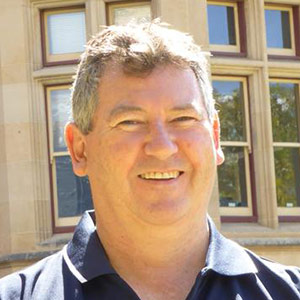 Dr Stephen Berry, who manages UniSA’s Research Node for Low Carbon Living, says the University is working on multiple research projects that are helping to cement Adelaide’s smart city status.
Dr Stephen Berry, who manages UniSA’s Research Node for Low Carbon Living, says the University is working on multiple research projects that are helping to cement Adelaide’s smart city status.
Several of them are tied to the goal – set by the previous State Government and Adelaide City Council – to become the world’s first carbon neutral city.
Reducing the city’s reliance on motor vehicles is central to Adelaide achieving this goal. Thanks to a $300,000 grant from the Cooperative Research Centre for Low Carbon Living, UniSA researchers are mapping the role that bike and car schemes, Uber, eco-caddies and the intra-city tram play in cutting emissions within Adelaide’s CBD.
“Younger people and tech-savvy baby boomers are behind the shift in transport use, partly due to cost, partly due to convenience, but also because they are fun ways to get around,” Dr Berry says.
His group is also investigating how the shared transport economy is integrating with smart phones and GPS technology to change the way people navigate the city.
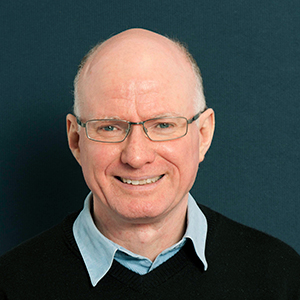 UniSA urban and regional planning senior lecturer Dr Andrew Allan is part of this project and is also supervising several doctoral research projects with a smart city focus. These include investigating how to make children’s urban transport more environmentally sustainable; and research using digital modelling to make city transport more accessible.
UniSA urban and regional planning senior lecturer Dr Andrew Allan is part of this project and is also supervising several doctoral research projects with a smart city focus. These include investigating how to make children’s urban transport more environmentally sustainable; and research using digital modelling to make city transport more accessible.
Last year, UniSA urban and regional planning senior lecturer Dr Allan chaired an international conference on computers in urban planning, centred on smart technology that is changing the landscape of cities.
The conference discussed the opportunities provided by machine learning, smart sensors, intelligent assets and real-time analysis to improve urban life. It also resulted in a book, comprised of the best peer-reviewed papers, which has garnered a lot of international interest.
UniSA’s Barbara Hardy Institute has been affiliated with Australia’s model green village, Lochiel Park, since its inception, helping to shape the low carbon homes with the use of smart technology.
Almost every electrical, gas and water device in Lochiel Park’s 103 homes is monitored and analysed, providing feedback to each householder, encouraging them to aim for a much lower carbon footprint.
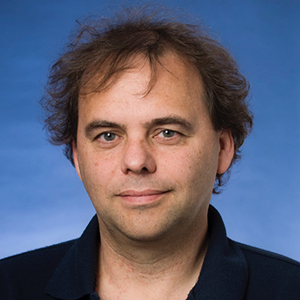 Further afield, UniSA researchers Associate Professor Peter Pudney and doctoral candidate Kirrilie Rowe are investigating how smart devices can use data from rooftop photovoltaic (PV) systems to help share electricity and lower the cost of power to households and communities.
Further afield, UniSA researchers Associate Professor Peter Pudney and doctoral candidate Kirrilie Rowe are investigating how smart devices can use data from rooftop photovoltaic (PV) systems to help share electricity and lower the cost of power to households and communities.
The new University of South Australia Cancer Research Institute on North Terrace is a prime example of a smart building, incorporating sensors for lights, temperature control, water reuse and security, with 5G capability on the horizon.
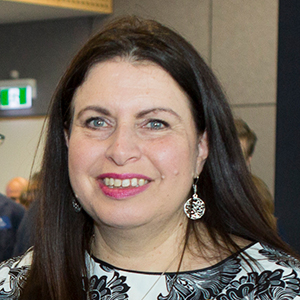 Christina Coleiro, Senior Project Manager in UniSA’s Facilities Management Unit, says the building has about 7000 network points, second only to the new Royal Adelaide Hospital in the city.
Christina Coleiro, Senior Project Manager in UniSA’s Facilities Management Unit, says the building has about 7000 network points, second only to the new Royal Adelaide Hospital in the city.
The University is also partnering with the State Government to extend the city’s 10 Gigabit fibre optic network to its Mt Gambier
and Whyalla campuses, ensuring its students get access to the same curriculum, resources and academics as those in Adelaide.
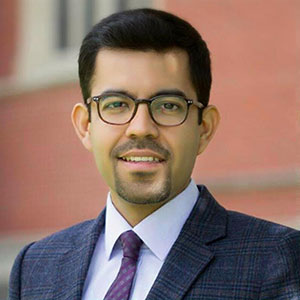 Research being undertaken by Dr Jorge Ochoa Paniagua from UniSA’s School of Natural and Built Environments and Dr Wolfgang Mayer from the School of Information Technology and Mathematical Sciences is addressing smart technology on an international scale.
Research being undertaken by Dr Jorge Ochoa Paniagua from UniSA’s School of Natural and Built Environments and Dr Wolfgang Mayer from the School of Information Technology and Mathematical Sciences is addressing smart technology on an international scale.
They are co-ordinating a project with the United Nations to develop a ‘best practice’ model that global cities can use as a benchmark.
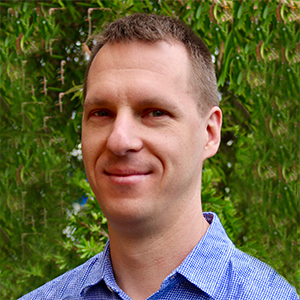 It is focused on sustainability and uses big data analytics to compare 5000 urban best practices from countries around the world. Local governments are using the model to address challenges specific to their cities, Dr Ochoa says.
It is focused on sustainability and uses big data analytics to compare 5000 urban best practices from countries around the world. Local governments are using the model to address challenges specific to their cities, Dr Ochoa says.
“So far, the system already accommodates 185 best practices recognised by the United Nations.
“It works with an algorithm that detects problems and recommends solutions for a particular city,” he says.
Dr Ochoa is also developing an index which uses big data to measure a city’s prosperity based on certain criteria, highlighting where and how improvements can be made.
“This allows mayors to set targets where they are lagging so they can put different strategies in place to increase their city’s prosperity.”
National governments in developing countries have expressed interest in Dr Ochoa’s innovative model because it is the first global indicator to give cities a snapshot of how they are performing.
He presented his model to the UN earlier this year at a World Urban Forum in Kuala Lumpur.